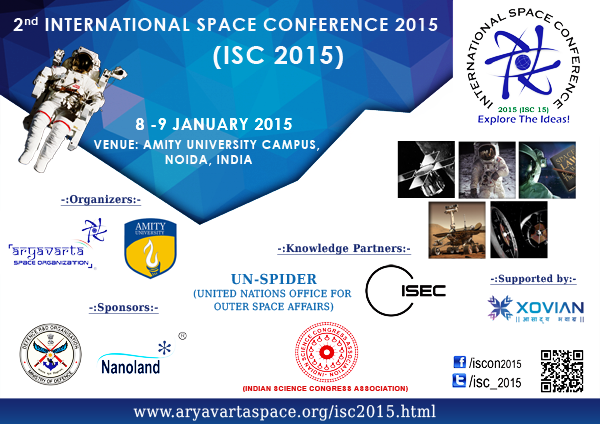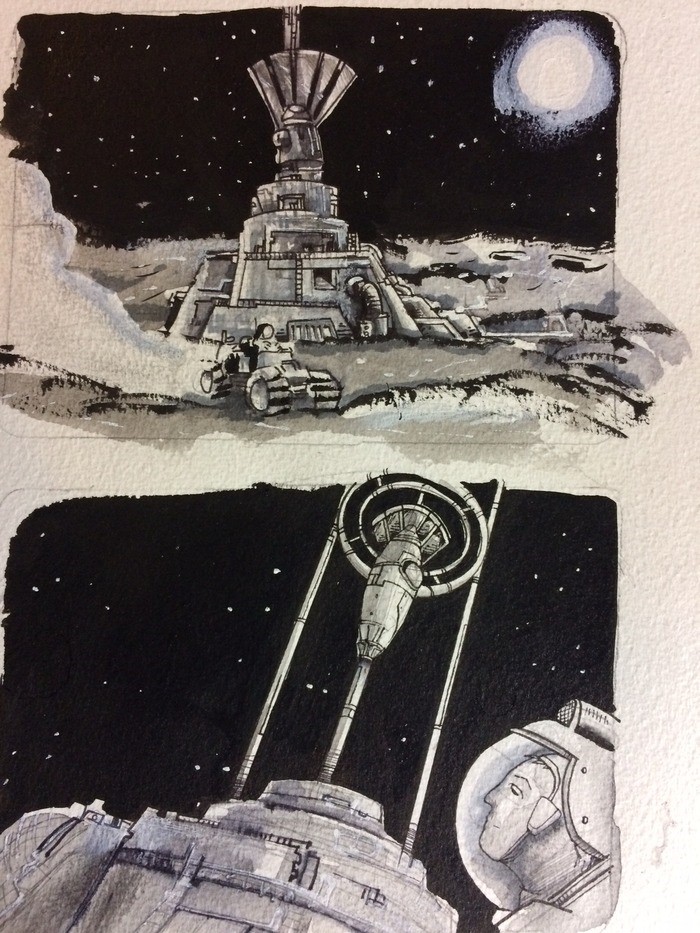 This Weekend Walkabout continues to catch up on some things I didn’t blog about while I was taking my holiday break.
This Weekend Walkabout continues to catch up on some things I didn’t blog about while I was taking my holiday break.
We start off by hypothetically shooting things into the sun, then learn about the latest success from the Indian space program and wind up in Canada – learning about the Hudson Bay Space Elevator…
 Have you ever been interested in shooting someone into the sun? Want to know the physics involved and some of the problems you’re going to face? Well, fear not – Mr. Ryan Hardy has done the research for you! An answer posted by him over at Quora (and reproduced at Gizmodo, which is where I found it) makes it clear that, unless you are contemplating using a space elevator for this task, you are going to flatten and incinerate your payload.
Have you ever been interested in shooting someone into the sun? Want to know the physics involved and some of the problems you’re going to face? Well, fear not – Mr. Ryan Hardy has done the research for you! An answer posted by him over at Quora (and reproduced at Gizmodo, which is where I found it) makes it clear that, unless you are contemplating using a space elevator for this task, you are going to flatten and incinerate your payload.
I love this article – he’s actually run the numbers (something which is all-too-often sadly lacking in articles like this). And humor abounds – I think my favorite part of the writeup was this;
Once the person makes it through the barrel, they will be immediately greeted by Earth’s atmosphere at Mach 90. The acceleration from the resulting drag would be comparable to the acceleration felt while coming out of the cannon, but in the opposite direction. The thermal loading would heat the air ahead of the person to tens or possibly hundreds of thousands of Kelvin.
So, in summary, you’ve embarked on one of the largest engineering projects in history and found a way to pulverize and incinerate a human being in less than three thousandths of a second.
Read the whole thing – it’s a treat – well done Mr. Hardy!
(The image is the Lego version of the Schwerer-Gustav, an enormous artillery cannon used by Nazi Germany in WWII. Ryan Hardy’s article shows why even a device as large as this has nowhere near the power to shoot something into the sun. Click on the image to see a somewhat larger version).
Next up is another milestone for that under-the-radar space program from India, this the successful launch of their Next Generation Launch Vehicle, one intended to put payload directly into geosynchronous orbit and also, eventually, for crewed vehicles.
The actual launch is just before the 26 minute mark. You can read more about this event at the most excellent SpaceRef website.
I have blogged many times (for example here) about India and the space elevator. I think they will have both the expertise and the desire to build and operate a space elevator. They have a real and growing space program. They are a respected military power. And two of the prime possible locations for a space elevator are in the Indian ocean with Indian access via direct sea lanes.
Don’t discount India – they really could be the first ones…
And finally, we have a hypothetical space elevator anchored in Hudson Bay (yes, the Hudson Bay in Canada). This has been supposedly described by Scott Sigler in his book The Rookie. Don’t confuse this book (which is about football in the future) with The Rookie with Dennis Quaid (which is about contemporary baseball).
I haven’t read the book yet (I’ve put it on my to-be-purchased list), but I did see this review of it by Paul L on Scott Sigler’s website. He points out the following:
Hudson Bay is at 60 degrees North latitude. There’s just no way to anchor a space elevator at Hudson Bay with a satellite or a counterweight. And if you tried to build from Hudson Bay to a satellite at the equator (with the counterbalance going south of the equator) the forces don’t balance. Instead their would be a huge torque on the elevator (let alone no feasible way to build the elevator that far north).
He’s right, but it’s a shame you can’t build a space elevator in Canada. It could be guarded by the Royal Canadian Elevator Police, it could have a beer named after it (or perhaps a line of clothes) and, could you imagine what Doug and Bob McKenzie could do with this? OMG – look what they did with the Canadian arm on the space shuttle:
Oh those wacky Canadians…

 Making the rounds over the past several days has been the BBC Future article
Making the rounds over the past several days has been the BBC Future article  The current issue, February 2015, of the ISEC eNewsletter is now available – you can access it
The current issue, February 2015, of the ISEC eNewsletter is now available – you can access it  Just a reminder that this is the last week for the 2015 ISEC membership drive!
Just a reminder that this is the last week for the 2015 ISEC membership drive! n/seattle
n/seattle




 The January, 2015 eNewsletter from the
The January, 2015 eNewsletter from the 